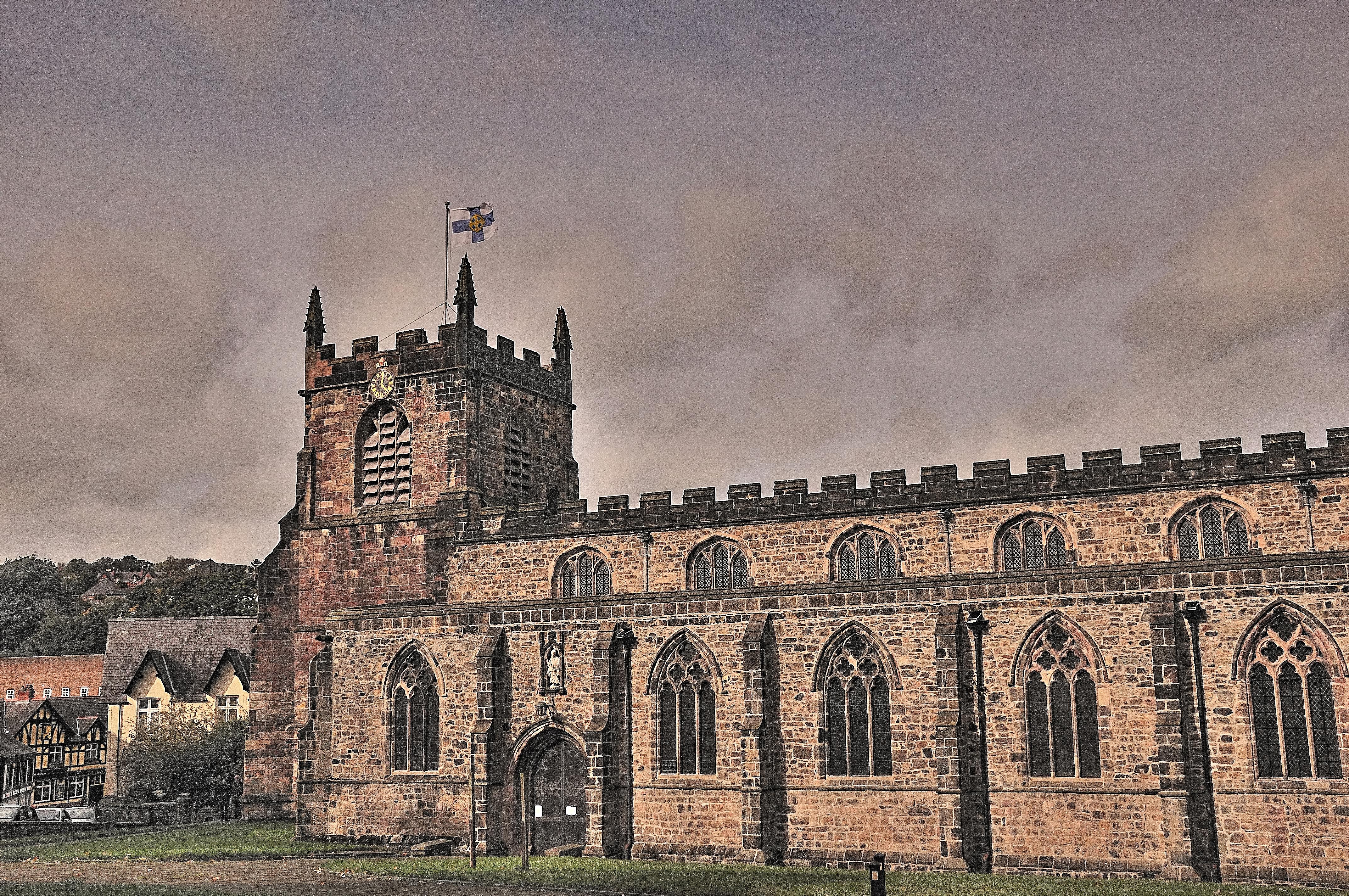St Tegfan
Llandegfan, Anglesey
A church at Llandegfan was recorded in 1254, probably where St Tegfan had established a cell in the 6th century.

For nearly 1,500 years Bangor Cathedral has been a 'house of God' a peaceful sanctuary where the long history of prayer and pilgrimage can still be felt.
Bangor, Gwynedd
The Cathedral is on the North Wales Pilgrims Way from Basingwerk Abbey to Bardsey Island.
Deiniol established his cell on the site of the present cathedral in 525AD and when he was consecrated Bishop in 546, his church became a cathedral. The site took its name from the wattle enclosure surrounding it, 'bangor'. Since then the Cathedral has been destroyed and rebuilt several times.
The present arrangement of the interior dates from Sir George Gilbert Scott’s restoration 1870-1880. The wooden Chancel vaulting is by Gilbert Scott and is said to be a copy of the lieme vaulting of a transept in York Minster, with carved bosses of foliage. The beautiful wood carvings in the choir stalls date from Gilbert Scott’s time; angels, mythical creatures, Green Men, a pelican feeding its young (a Eucharistic symbol). On the floor in the south aisle is a stone commemorating two rulers of Gwynedd : Gruff ap Cynan (died 1137) and his son Owain Prince of Gwynedd (died 1170). The arched tomb in the Lady Chapel has been provisionally identified as that of Owain.
The tiles on the floor of the chancel and the Lady Chapel are copies of the 14th century tiles found during Gilbert Scott’s restoration. Some of the original tiles can be seen on the floor of the shop. Eva Stone, a sepulchral slab dating from the 14th century found during the restoration hangs on the west wall. The effigy depicts a lady whose identity is unknown. In her left hand hangs a rosary to which are fastened two Pilgrim brooches.
Two striking modern paintings by the Anglesey artist John Gregory hang in the south aisle. These are reworkings of paintings by Caravaggio. The Mostyn Christ dates from the late 15th or early 16th century and represents the last moments before the crucifixion; examples of this type known as the Bound Rood are extremely rare in Wales. The almost life sized figure wears a crown of thorns and the attitude and expression reveal extreme weariness. There are five wooden mice carved by Robert Thompson from Yorkshire.
Llandegfan, Anglesey
A church at Llandegfan was recorded in 1254, probably where St Tegfan had established a cell in the 6th century.
Church Island, Anglesey
It is known that the present church on the island dates back to the 1400s but it is not known who built the church and why.
Tal y bont, Gwynedd
A lovely austere and simple church with high quality detail of the emerging Arts & Crafts movement.